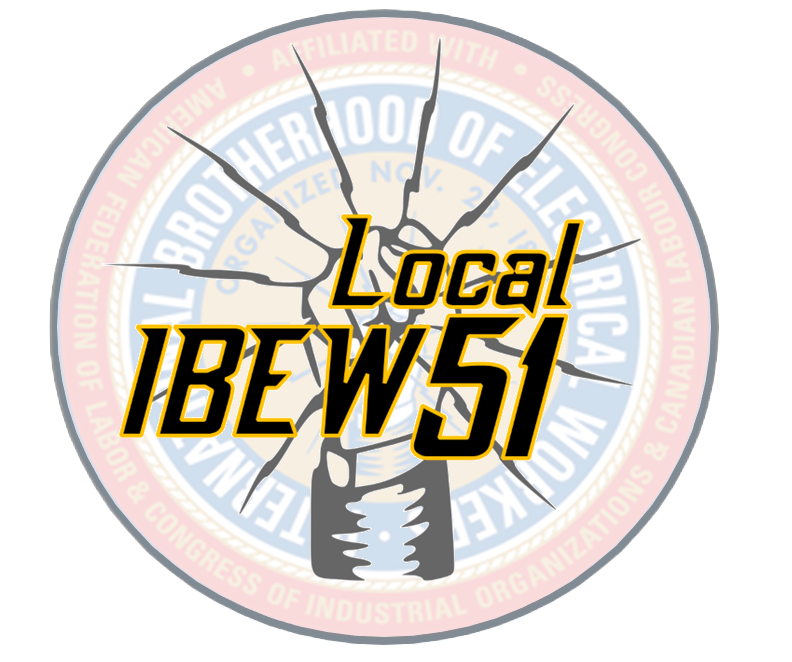Illinois AFLCIO President Michael Carrigan Statement on State of the State Address
/“It’s apparent that Governor Rauner plans to govern like the ultra-wealthy CEO that he is – by taking care of the few at the expense of the many. While he points to the salaries of those cooking the food in the cafeterias, guarding the prisoners and plowing the snow and ice from our roads as the culprits in our state financial woes, he is silent on the hundreds of tax breaks granted to large businesses and low corporate income tax in Illinois. In fact, decades of piling on these business tax breaks on the local and state level have exacerbated our revenue problem. That and a deep financial recession created by his friends on Wall Street. We were forced to bail them out and now he’s looking for a bailout on the backs of Illinois’ middle class.
“Instead of seeking solutions that empower all the working families of Illinois to fuel the economy, his proposals will destabilize middle class economic security by cutting compensation for injured workers, defunding Unemployment Insurance reserves, demonizing public employees and suppressing wages.
“Since taking office, Gov. Rauner has been on a blame crusade. He cherry picks data and uses right-wing think tanks to support his anti-worker proposals. The bottom line is that according to the Department of Labor’s Bureau of Labor Statistics, Illinois is 13th in the country in average weekly earnings and only two of 21 Right To Work states (Virginia, North Dakota) have higher average weekly earnings. Illinois workers earn more than each of our neighboring states. This is what Bruce Rauner wants to turn around.”
Additional Information
1. Department of Labor Bureau of Labor Statistics – Average hours and earnings of all employees on private non-farm payrolls, by state (2013)
· Illinois $855.95 (13th)
2. Moody’s Analytics is skeptical of economic value of Right To Work (Champaign News Gazette, Tom Kasich, 2/4/15)
Right to work laws reduce union membership, Moody's notes, but less clear is whether they actually contribute to economic growth.
"Since laws that hurt unions shift the balance of power from employees to owners, they tend to erode wages and lead to a more uneven distribution of the gains of economic growth," Moody's said. "Consequently, even if the impact of right-to-work laws is positive in the short run, it can diminish over time because of the downward pressure on incomes."
3. University of Illinois policy brief (2014) on effects of Right to Work in Illinois
· Earnings would fall by 5.7 to 7.3 percent over time
· Manufacturing earnings would fall by 8.6 percent over time
· Construction earnings would fall by 22.2 percent over time
· Employment would increase slightly 0.4 to 0.55 percent and may cease over a few years
· Hourly wages of African American workers would fall 2 to 9 percent over time
· Hourly wages of Latino/a workers would fall as much as 8 percent over time
· Hourly wages of women would fall 2 to 7 percent over time
· After the third year of adoption, state income tax revenues would drop between $1.4 billion and $1.6 billion
4. Governor Rauner’s attacks on public employees show a disturbing disregard for the truth. He fails to mention that:
· Illinois has the fewest state employees per capita of any state in the country.
· Staffing has already been cut by as much as 30 to 40 percent in key state operations like prisons and child protective services.
· Payroll as a share of all state spending is small and getting smaller (7.5% in 2005, 6.7% in 2013).
· Public sector workers are paid 13.5 less than private sector workers with similar education and skills, according to a University of Illinois study.
· Modest pensions are paid for mostly by workers and investment returns.
· State employees are paying 19% of the cost of their health insurance in 2015—not 12% as the governor claimed. This is as much or more than other comparable public employers or large private-sector employers anywhere else, according to Kaiser.
5. Department of Labor Bureau of Labor Statistics Regional and State Unemployment Summary (December 2014): “Thirty states had statistically significant unemployment rate declines over the year, the largest of which occurred in Illinois (-2.7 percentage points) and Rhode Island (-2.5 points). The only statistically significant rate increase occurred in Louisiana (+1.3 percentage points). The remaining 19 states and the District of Columbia had rates that were not appreciably different from those of a year earlier.”
6. Corporate Income Tax comparison (Center for Tax and Budget Accountability and Federation of Tax Administrators)
- Illinois has the lowest flat corporate income tax among our surrounding states: Illinois 5.25%; Indiana 7.5%; Iowa 6%-12%; Wisconsin 7.9%; Missouri 6.25%; Michigan 6.0%; Kentucky 4%-6%.







